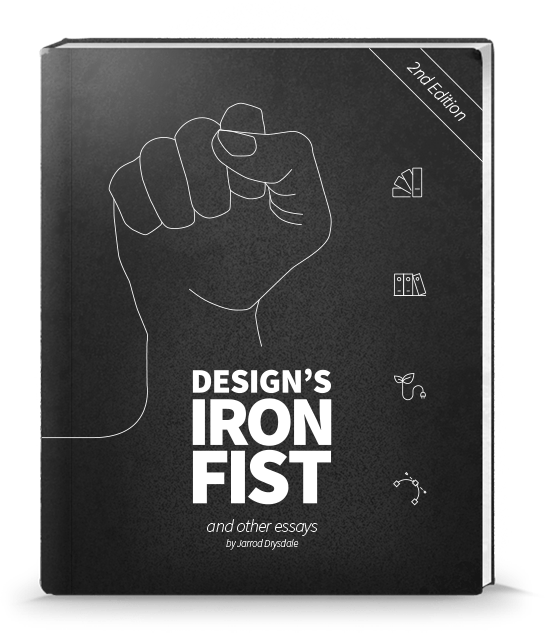“I think I just told my client to fire me.”
Over dinner, I was telling Rachel, my wife, about my day. I’d sent a really difficult-to-write email to my best client, telling them how the project they wanted to hire me to design was wrong for them.
When I start working with a new client, I have a “Getting Started” PDF I send them that includes this paragraph:
“I don’t just sell a coat of paint. If you can’t measure whether a project affects your bottom line, it’s not worth the investment. So I’ll never try to sell you just a pretty website. I don’t accept a project if I don’t believe my work will pay for itself.”
Scoping out this project and comparing it to my client’s goals, I knew it was going to be a waste of their budget. And therein was the dilemma:
Do I tell my client not to do this project and end up not getting hired?
It’s obviously in my interest for them to hire me. I want work and I want to pay my mortgage. But do I really mean what I wrote in that PDF? Am I really the type of consultant who will deny the project if it’s wrong for the client, even when I want the money?
At the time, I was concerned I might be about to head into a dry spell in my business. Turning down the work when facing that uncertainty was even more difficult.
But I started consulting because I want to be proud of my work. If I wanted to go do mindless design work and overcharge clients, I could go back to working for The Man.
So I turned down the project. I felt is was the right thing to do.
(Sorry for the humblebrag. There really is a point. Stay with me.)
You know how the client replied to that email? It went something like this:
“You’re right. Instead, we want you to handle our product design and marketing from now on.”
They hired me anyway. For a bigger project.
Even better, they followed my advice, and we got to work on a project that had a much better chance for success. I taught my client something: I really am invested in their success. I might have turned down work, but I earned trust.
Consultants fear the lull. I’ve written about the feast or famine cycle before, and have explained how earning repeat work with the same clients can be so much better than having to find new clients over and over.
But to earn repeat work, you have to build trust and act as a partner. You have to deliver results or you’re not getting hired a second or third time. You have to make hard calls and be the expert, even if it means you’re putting yourself out of a job.
So much freelancing advice is structured around pitching and landing gigs. Learn how to write emails to clients or position your services. Learn how to raise your rates.
But there’s little advice about how to partner with clients. I don’t mean to criticize these folks teaching you how to run your business—many of them are my friends, actually—but it’s so important to consider the ethics of freelancing.
Freelancers have a bad reputation. Many clients learn to see us as unreliable and only interested in racking up those billable hours. How many clients have told you that they’ve had a bad experience with another freelancer? I hear it all the time.
Here’s why that happens. Because of fear, we book any project we possibly can, and in the process, take on work that’s not good for the client. The project inevitably doesn’t get results, which adds to the bad reputation.
Master your fear of losing clients, and you’ll earn respect and get hired more often.
But if you can master your fear and truly be an expert—even when it’s better for the client than for you—you’ll be able to distance yourself from that bad reputation. You’ll get the respect you deserve as an expert.
All because you acted like one.
